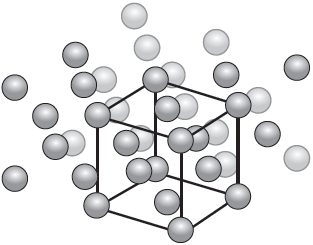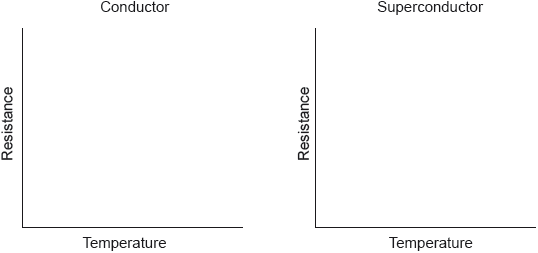| Date | May 2019 | Marks available | 1 | Reference code | 19M.3.hl.TZ1.3 |
| Level | HL | Paper | 3 | Time zone | TZ1 |
| Command term | Describe | Question number | 3 | Adapted from | N/A |
Question
Lithium has many uses.
The emission spectra obtained by ICP-OES for a mixture containing the isotope 6Li (Li-6) and naturally occurring lithium (Li (N)) is shown.
Identify the type of bonding in lithium hydride, using sections 8 and 29 of the data booklet.
Identify the colour of the emission spectrum of lithium using section 17 of the data booklet.
Suggest why ICP-OES does not give good quantitative results for distinguishing 6Li from naturally occurring lithium.
Suggest a better method.
Lithium is obtained by electrolysis of molten lithium chloride. Calculate the time, in seconds, taken to deposit 0.694 g Li using a current of 2.00 A.
Q (charge) = I (current) × t (time)
Lithium has shown some superconductive properties when doped into graphene or when under high pressure. Under high pressure, however, the Meissner effect is absent.
Describe the Meissner effect.
At very low temperatures, lithium atoms enhance the phonon binding of electrons in graphene suggesting the formation of Cooper pairs.
Explain how Cooper pairs are formed.
Lithium forms a crystalline lattice with the unit cell structure shown below.
X-ray diffraction shows that the length of the edge of the unit cell is 3.51 × 10−8 cm.
Determine the density of lithium, in g cm−3, using sections 2 and 6 of the data booklet.
Markscheme
ionic [✔]
red [✔]
emission spectra of both «6Li and natural Li» give same colour/produce same «range of» wavelengths
OR
they have same electron transitions/same nuclear charge [✔]
Note: Accept “the spectra are almost identical”.
ICP-MS [✔]
Note: Accept “MS/mass spectrometry”.
n «= » =0.100«mol»
« »
4830 «s» [✔]
creation of mirror image/opposing magnetic field of external field «below critical temperature/T of superconductor»
OR
expulsion of magnetic field from superconductor «below critical temperature/T» [✔]
Any three of:
positive ions/cations in lattice are attracted to passing electron [✔]
lattice is distorted «by this passing electron» [✔]
creates «local» regions of increased positive charge [✔]
second electron is attracted to deformation AND a coupling occurs [✔]
mass of Li in unit cell = « » 2.31 × 10–23 g [✔]
volume of unit cell = «(3.51 × 10–8 cm)3 =» 4.32 × 10–23 cm3 [✔]
«density = =» 0.535 «g cm–3» [✔]
Note: Award [3] for correct final answer.
Examiners report
Most candidates correctly identified the type of bonding and the colour of the emission spectrum of lithium.
Most candidates correctly identified the type of bonding and the colour of the emission spectrum of lithium.
Most candidates correctly identified the type of bonding and the colour of the emission spectrum of lithium, but frequently referred to the ICP-OES spectra of 6Li and naturally occurring lithium as being the same, rather than similar and thus failed to score the mark in (b)(ii).
A better method was selected by most candidates.
The calculation in was done well.
Candidates had some difficulty describing the Meissner effect, with several responses using the terms repelling or repulsion instead of opposing and expulsion. Correct terminology is required.
Poor expression was also evident in responses explaining the formation of Cooper pairs, with very few candidates scoring full marks.
Most candidates had difficulty determining the number of atoms in lithium in a unit cell, even with a diagram provided. However, ECF marks were frequently scored.



